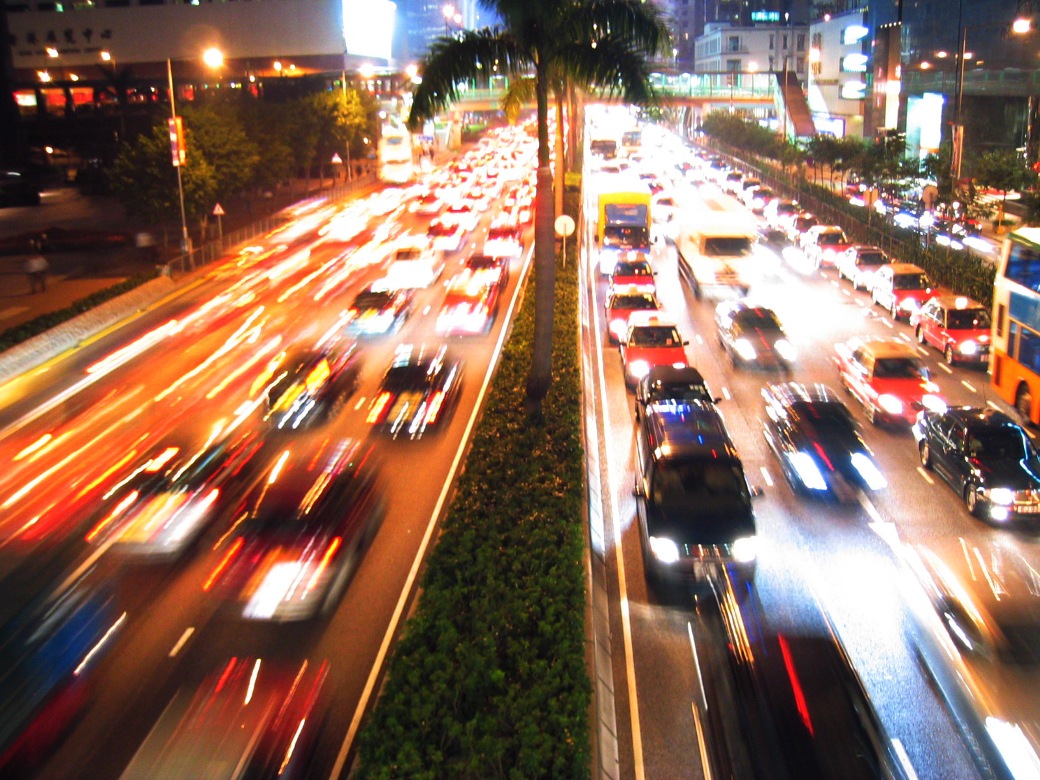How to travel the Hong Kong transport system with ease!
The Hong Kong transport system offers a number of efficient ways of getting around the city, but my favourite is definitely the subway. Known as the MTR (Mass Transit Railway), it covers most of the Hong Kong territory, from the mainland China border crossings in the north to the airport on the west side of Lantau.
Octopus Card
Before we go through the different Hong Kong transport options, let me tell you about the excellent ‘Octopus Card‘! This is a rechargable swipe card that can be used to pay quickly and smoothly, not only on buses and the subway, but also in convenience stores, supermarkets and even some restaurants. Just put it in your wallet and then wave your wallet in front of the scanner and you have instantly paid, like waving a magic wand. Right up until the point where the wand runs out of magic, of course. The cards can be recharged with no extra fee in special machines in the subway, or at any convenience store.
It may not be necessary if you’re just doing a short vacation in Hong Kong, but if you’re going to use a lot of public transport, or if you’re staying for a longer period of time, it is extremely convenient, and the MTR tickets are even a tiny bit cheaper. Octopus cards are available from the customer service booths in the MTR. If you want more details, check the Octopus website.
Subway
The MTR subway network spans all the most populated areas of Hong Kong with 8 major lines (and counting). The service is very frequent and the trains are modern and clean. Better still, customers can enjoy all of this at a good price, although unsurprisingly this means that the trains can get fairly crowded during rush hours. The stations are nice enough, as the exits are lined with convenient shops selling refreshments, such as 7-Eleven. And it is very likely that there will be a full-scale shopping mall on top of the station as well.
I think the Hong Kong subway is excellent, and some proof of this can be found if you go to other major Chinese cities. More and more of them are now building subways, and they all look like carbon copies of the one in Hong Kong.
You can find more information about the MTR at their website, and I especially recommend their great interactive map. It can tell you all the prices and travel times between different stops. The price depends on how far you travel, but if you stay in the most popular tourist areas the price will be between 4 and 11 HKD per single ticket.
Tram
As sort of a curiosity from a bygone era, a famous tramway runs through the downtown district along the northern coast of the island (through Central, Wanchai, Causeway Bay etc). The tram is a bit shaky and usually quite crowded, but nobody can deny that it’s cheap! The price is 2 HKD per adult and 1 HKD per child, regardless of distance travelled.
The service is frequent and reasonably fast, making it a pretty useful way of getting around. You can find out more about the tram and its interesting history here. Of course, this tram should not be confused with the Peak Tram, which connects Central with the outlook tower up on Victoria Peak exclusively.
Bus
There are a lot of bus lines that span all of Hong Kong, but they maybe they are not the best travel choice for a hapless tourist. It’s not always easy to find the right bus, their punctuality is much more questionable and the passengers are generally expected to understand Chinese. In some of them you have to be especially attentive as the English name of the next stop only flashes once – if you miss it you’re stuck trying to figure out the Chinese characters.
On the other hand, they are very reasonably priced and can get you to many places where the trains can’t reach, like the south side of Hong Kong island, including Stanley, Aberdeen, and Ocean Park. If you don’t have an Octopus card, you might find it hard to get exact change, and the driver can’t help you. However, you can always throw a little bit more money in the coin slot – or a bit less! They really can’t tell the difference.
Taxi
Then again, you can avoid the bother by simply taking a taxi. The local drivers charge a rather modest amount and could very well provide for the bulk of your transport needs if your budget is not very restrictive. In downtown areas you can always spot the distinctly red cars mixed into the general bustle of traffic.
This may be your best option if you’re travelling with children.
Ferries
The Hong Kong transport system also contains a ferry network, which is the only public means of getting to the smaller outlying islands.
Perhaps more importantly, there is also a ferry between Central and Tsim Sha Tsui called the Star Ferry, which has remained very popular in spite of newer alternatives. Because it offers such a nice view of Victoria Harbour, it is commonly regarded as a top Hong Kong tourist attraction.
Getting to and from Hong Kong
Of course, most of the people arrive here by plane. That means they will land at Hong Kong International Airport – the best airport in the world! From there you can zip into town on the airport express train, a taxi, or the more lumbering buses.
But there are also other ways to get in and out of Hong Kong. A favourite among the locals is to go back and forth on the ferry for a day trip to Macau.
Also, if you get the proper visa, you could travel straight into mainland China. The MTR trains can take you right up to the border crossings at Lo Wu and Lok Ma Chau. Once through customs, you can hop right on the Shenzhen subway on the other side, and really start to explore the Middle Kingdom!

